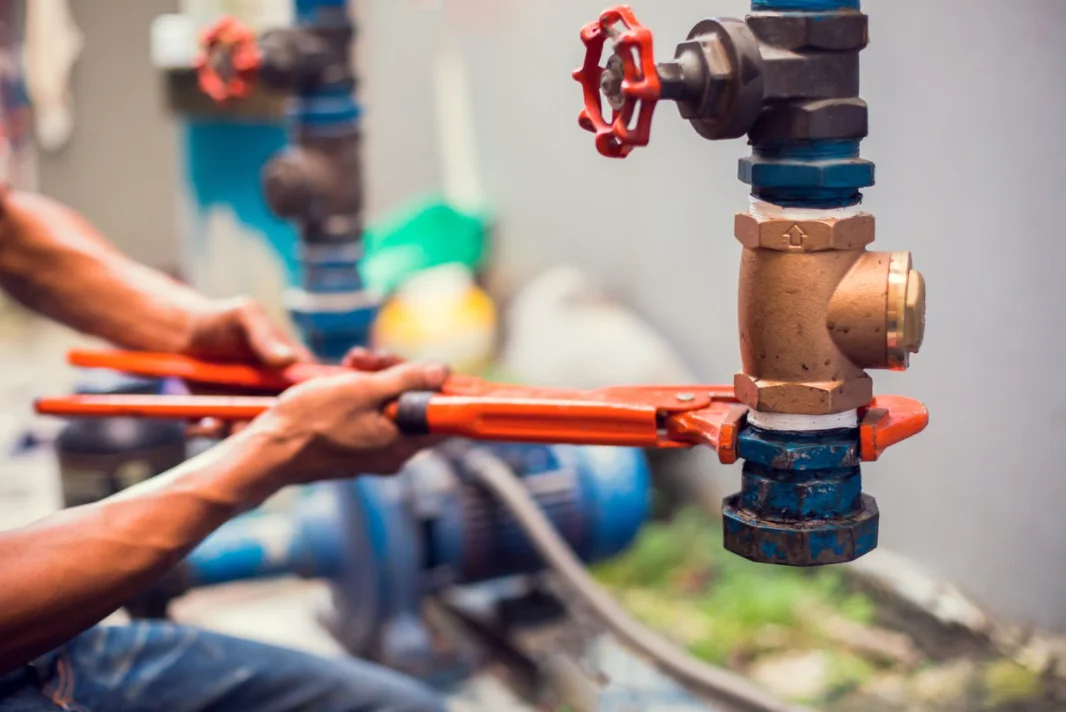The easiest way to prevent backflow is to install a flap valve on the sewer line. These valves allow water to flow to the sewer system and close when the water flows back toward the house. Ideally, the flap valve is easily accessible and cleaned at least semi-annually. If it becomes clogged or blocked, it should be cleaned. Alternatively, you can install an air gap backflow preventer to prevent backflow.
Air Holes
Installing Air Gaps to stop water backflow in your home is a simple way to prevent dangerous cross-connections. When water from a sink flows into a toilet, it will not be able to return to the faucet because it is falling through an air gap. Moreover, back pressure is a major concern as it could force the contaminated water into the drinking water supply. It can also result in significant plumbing problems. Water from a sink may flow back into the water outlet if a faucet is not installed properly.
Backflow prevention is a key component in protecting the public’s health and safety. Installing air gaps in your home is a simple and inexpensive way to keep water from entering your pipes. The air hole should be double the diameter of the source tube. If the air gap is too small, it could cause a backflow problem. To avoid these problems, you should install air gaps in your home to protect your family from water contamination.
Reduced Pressure Principle Backflow Preventer
A reduced-pressure principle backflow prevention assembly protects against the potential for water backflow under high-pressure or backsiphonage conditions. Its components are a spring-loaded resilient seat-check valve, automatic differential-pressure valve, and two shut-off valves. A suitable test cock is provided to check the main check valves. This preventer is suitable for installations in open spaces such as pools and ponds and in areas where there is an air gap.
A reduced-pressure principle backflow preventer assembly is a double-check valve assembly that offers maximum protection from backsiphonage. These valves feature a pressure-relief valve located between the two checks. As a result, they are used in high-hazard installations and are available in sizes from 3/4-inch to 10 inches. The reduced-pressure principle backflow prevention assembly should be installed at least 12″ above the finished grade.
Barometric Loop
A barometric loop is a piping configuration that prevents water backflow. These devices are often 35 feet or higher and work on the principle of backsiphonage. Water can only be drawn up the water column up to a certain height. A barometric loop protects against backsiphonage by keeping the water column as high as possible. The water level in these devices is constantly monitored and inspected.
A barometric loop is a system that is positioned 35 feet above the highest fixture. This system prevents water from flowing backward, as it would with any other system. A barometric loop is equivalent to an atmospheric vacuum breaker, except that it uses a different method of controlling cross-connection at certain locations. A barometric loop can prevent water backflow by limiting the flow of dirty water.
Pressure Type Vacuum Breaker
Pressure vacuum breakers are mechanical devices designed to prevent backflow of water in residential and commercial facilities. The pressure vacuum breaker assembly consists of two independent valves – an air inlet valve and a check valve. Below are pictures of a pressure vacuum breaker assembly. To install one in your home, follow these steps:
A pressure vacuum breaker is similar to an atmospheric vacuum breaker, but this one allows air into the system when water pressure decreases. This air breaks the vacuum and prevents water from flowing backward. These breakers are installed close to water sources or sprinkler valves. They must be installed high enough to prevent backflow. Once installed, a pressure vacuum breaker should be placed a foot or two downstream of the source water.
Hose Bib Backflow Preventer
A hose bib backflow preventer is a device used to protect a single fixture from water backflow. These devices are often installed on outdoor faucets. They work by introducing a compact assembly spring to restrict water flow to one direction. As the water pressure decreases, the valve opens and discharges the back flowing water. This process prevents the contamination of the fresh water supply.
Some homeowners do not realize that a hose bib can be installed on the spigot of their water supply, despite the fact that it is attached to the main water line. Many homeowners use a hose bib to irrigate their lawns and gardens, clean their car, and bathe their dog. However, if you have a municipal water supply or a private well, you can connect your garden hose to it and risk backflow of contaminated water. If you’re unsure, you can install a vacuum breaker to prevent backflow of contaminated water from the garden spigot into the house
Get more information:
Video Editing Structures
Zlookup – Step by step instructions
Mfax-HIPAA Fax Solution for Medical
Which Fireproof Safe is Right for You?
Xenopixel Lightsaber and Its Features?
Are Ergonomic Chairs Really Good For You?







